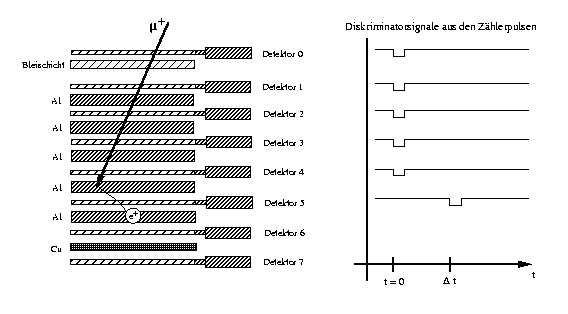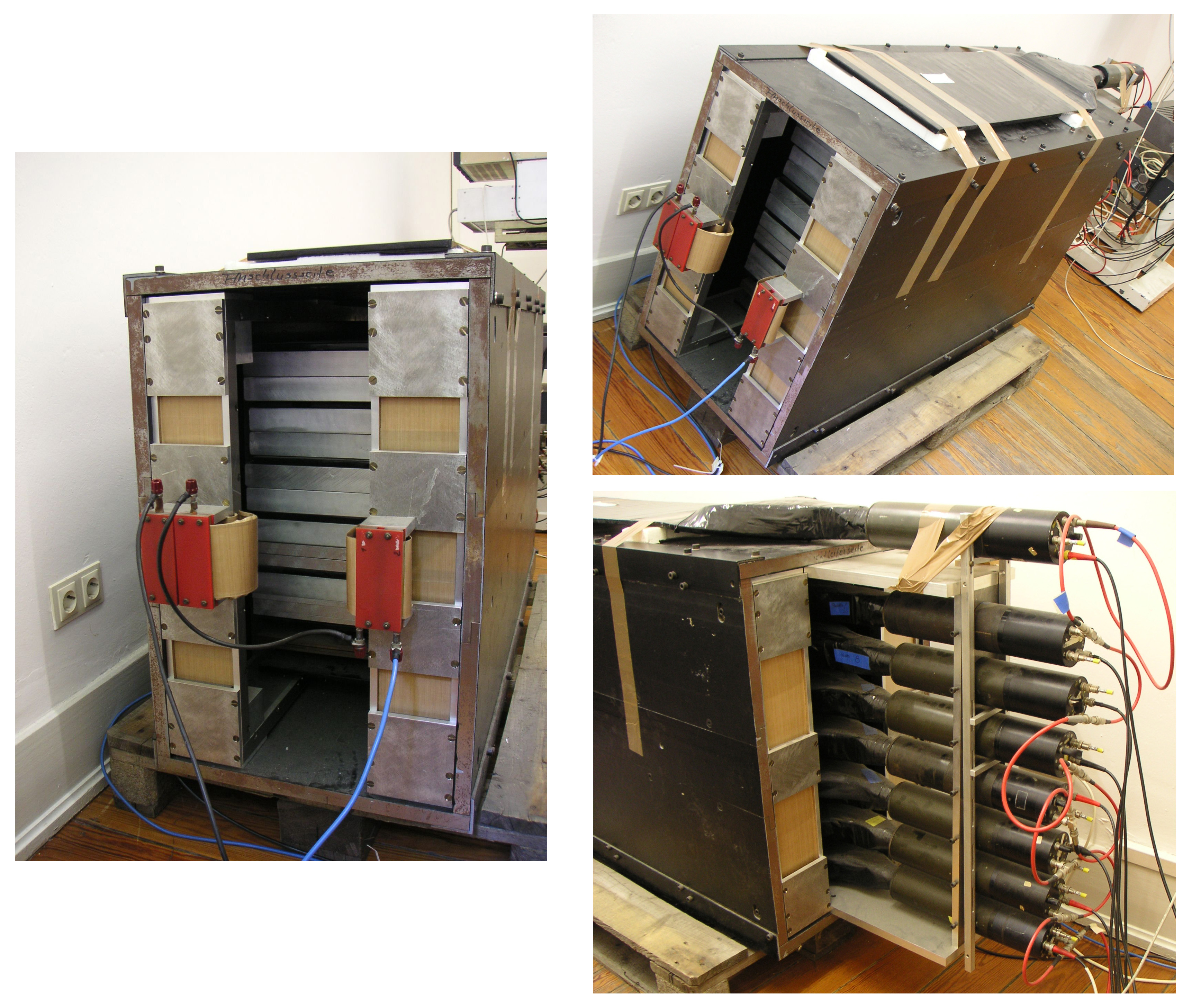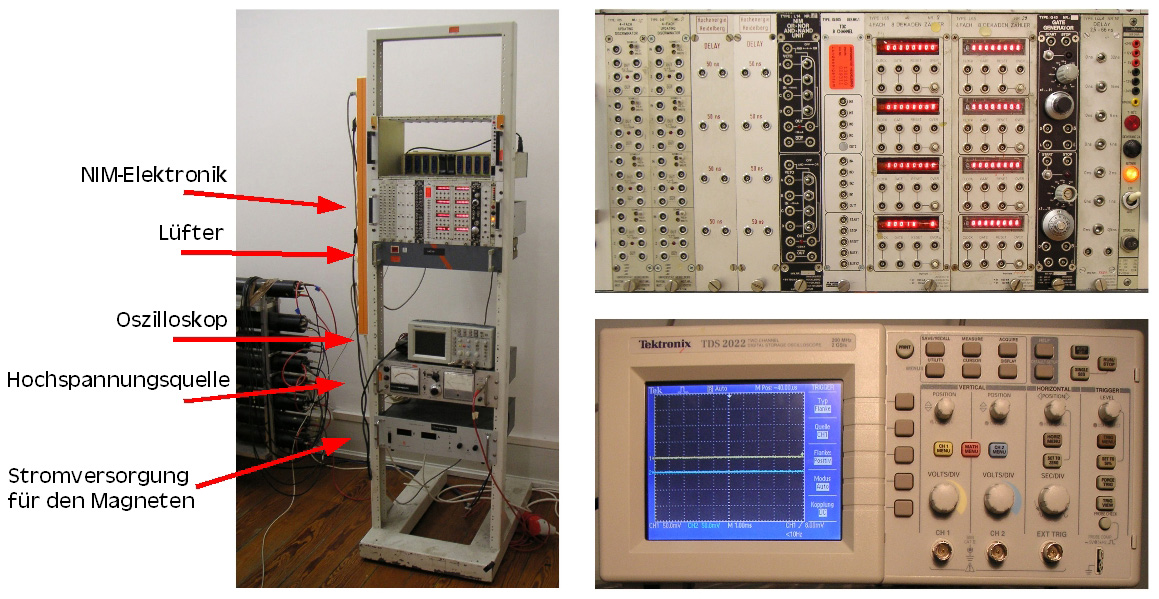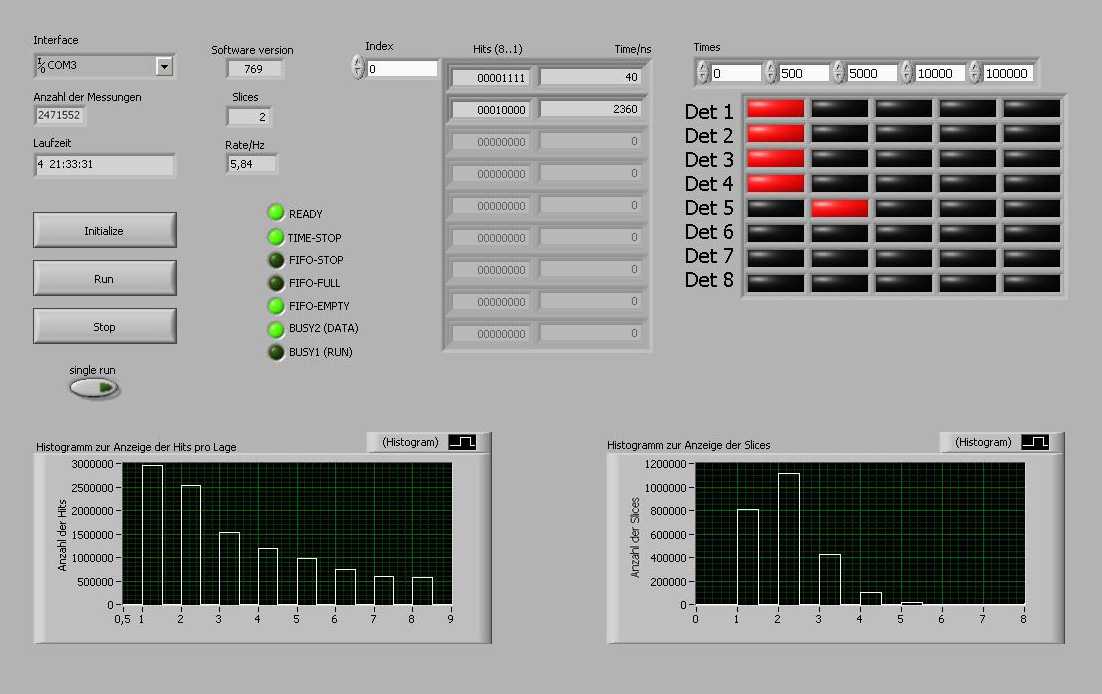|
Measurement of Muon Properties in the Advanced Students LaboratoryUniversität Heidelberg |
| Go To: | ||||
Feynman diagram of muon decay. The muon decays into an electron,an electron antineutrino and a muon neutrino. |

When I.I. Rabi learned about the lepton muon |
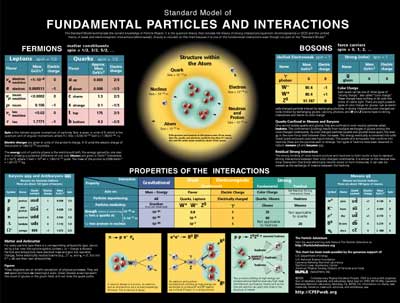
Summary of the STANDARD MODEL in particle physics (particle data group) |
The setup of
the experiment FP13 was prepared by the high energy physics group.

|
Some pictures from the experimental set-up:
|
Webmaster:
EDV Abteilung
EDV Abteilung

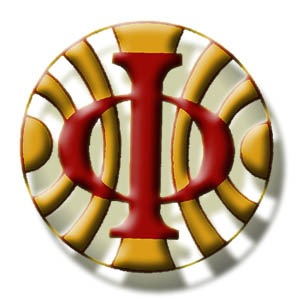
 Welcome to
Welcome to